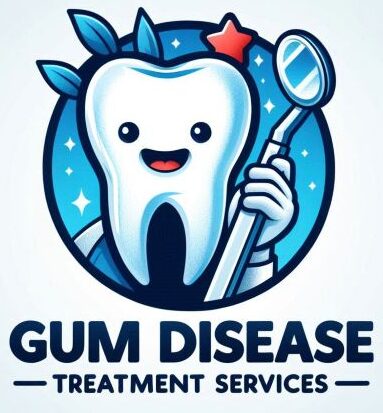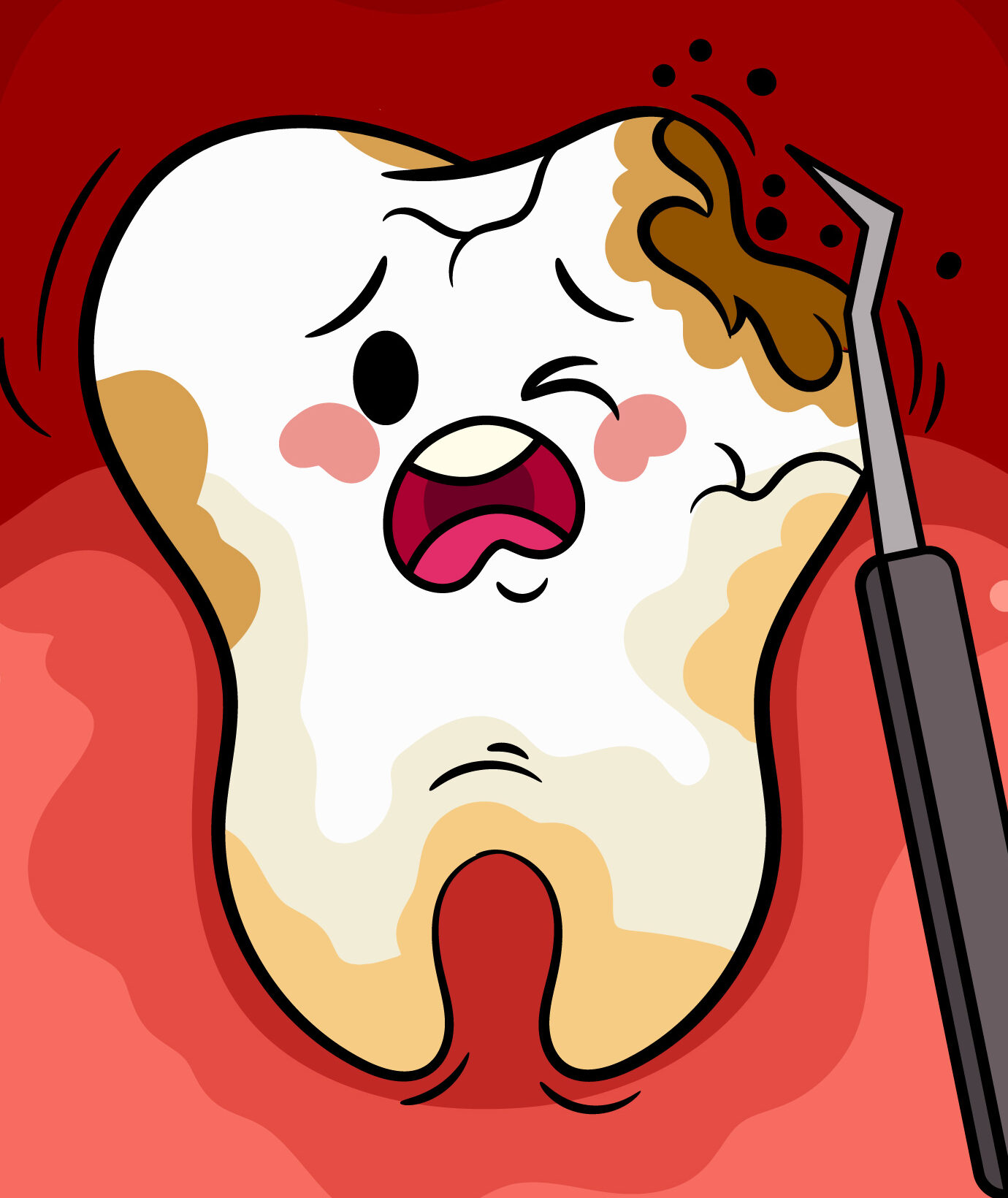Although gum disease may not seem as terrifying as cavities or root canal therapy, it is a sneaky danger that may seriously harm your dental health and possibly your general health. Plaque, a sticky layer of bacteria that continuously builds up on your teeth, is the cause. Gum disease does not just persist if treatment is not received; it develops over time and becomes more severe and damaging.
Many individuals are unaware that gum disease progresses in three phases, each of which is more severe than the one before it. The good news? You may prevent it in its tracks if you catch it early. If you wait too long, you can lose your teeth or suffer irreversible damage. Let’s analyse the three phases of gum disease within this article so you can protect your smile and know what to keep an eye out for.
Gingivitis—The Early Warning Sign
Fortunately, gingivitis is the most easily treated type of gum disease. Your gums become red, inflamed, and prone to bleeding (particularly when brushing or flossing) as a result of plaque accumulation along the gum line irritating them. Even with proper brushing, you could still experience bad breath.
This stage’s finest feature? It can be undone entirely. It only requires a good oral hygiene treatment, which includes twice-day brushing, daily flossing, and routine dental cleanings. Gingivitis, however, is a precursor to something far more serious if you neglect it. Consequently, don’t ignore bleeding gums. That’s a warning sign from your mouth!
Periodontitis—The Damage Begins
The second stage of gum disease, periodontitis, can develop from gingivitis if treatment or care is not received. The actual damage begins here. As the inflammation deepens beneath the gum line, it forms “pockets” that hold onto more bacteria. The very bone and tissue that support your teeth may be destroyed as your immune system defends itself.
Symptoms of periodontitis include:
- Receding gums
- Deep gum pockets
- Bad breath that won’t go away
- Gums that feel tender or painful
- Occasional pus or infection around the gumline
Although gum damage cannot be completely reversed at this point, it can be controlled. To clean beneath the gum line and smooth off root surfaces to allow gums to heal, dentists may suggest scaling and root planing, a thorough cleaning technique. Early detection helps stabilize and prevent the progression of periodontitis.
Advanced Periodontitis – Teeth at Risk
Aggressive therapy is frequently needed at this stage, including long-term maintenance and surgery (such as bone grafting or flap surgery). Furthermore, advanced gum disease has been connected to chronic illnesses like diabetes, heart disease, and even stroke, so its effects extend beyond your mouth.
| Stage | Symptoms | Reversible? | Common Treatments |
|---|---|---|---|
| Gingivitis | Red, bleeding gums, bad breath | Yes | Brushing, flossing, dental cleaning |
| Periodontitis | Gum recession, bad breath, inflammation | No | Scaling and root planing |
| Advanced Periodontitis | Loose teeth, bone loss, pain, infection | No | Surgery, deep cleanings, maintenance |
Frequently Asked Questions (FAQs)
1. Can gum disease affect heart health?
Yes. Numerous studies have linked gum disease with an increased risk of heart disease. Chronic inflammation from gum disease may contribute to clogged arteries and other cardiovascular problems.
2. Is gum disease contagious?
Technically, yes. While you can’t “catch” gum disease like a cold, the bacteria that cause it can be spread through saliva—such as by sharing utensils or kissing.
3. Can children get gum disease?
Absolutely. While rare in young kids, gingivitis can occur in older children and teens, especially if their oral hygiene is poor or if they have braces that make cleaning more difficult.
4. How often should I visit the dentist to prevent gum disease?
Every 6 months is standard, but those with gum disease or risk factors (like smoking or diabetes) may need to go every 3–4 months for maintenance cleanings.
5. What lifestyle changes can help prevent gum disease?
- Brush and floss daily
- Quit smoking
- Manage diabetes
- Eat a nutrient-rich diet (especially vitamins C and D)
- Reduce stress, which impacts immune response
Conclusion
Gum disease develops gradually over time, beginning gradually and becoming more noticeable as time progresses. Don’t ignore the early warning signals, even if they seem as minor as a little blood on your toothbrush. If you take quick action, you can undo the harm or prevent it from getting worse.
Your best defenses are regular dental exams, everyday oral hygiene, and being aware of the warning signals. Your smile is built on your gums, and your gums support your teeth, so take care of your gums and teeth, and your oral health will be grateful for it.

